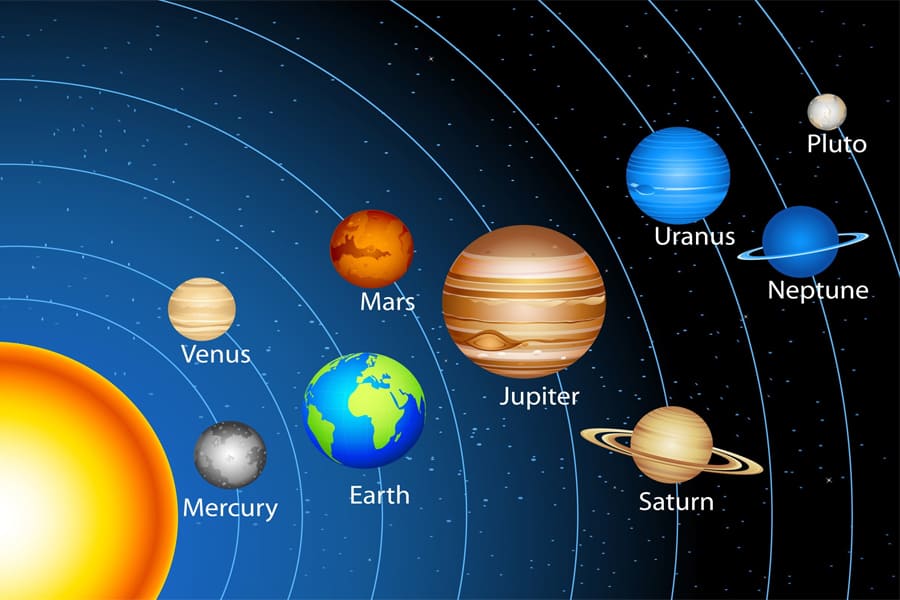An unknown planet, somewhere between the size of Mercury and Earth, may be hiding in the Solar System. A new study published in the journal Science has shown that the orbital plane of Kuiper Belt objects is tilted by approximately 15° from the plane of the planets. This deviation is 96–98% likely not random, according to Forbes magazine
“If the effect is real, it couldn’t have persisted on its own—something must be supporting it. The simplest explanation is the gravity of a hidden planet,” said Princeton astronomer Amir Siraj.
Simulations show that a planet with a mass between Mercury and Earth, located 100-200 astronomical units from the Sun and with an orbital inclination of at least 10°, could “tilt” the Kuiper Belt. This hypothetical object has been tentatively dubbed “Planet Y.”
It differs from the better-known “Planet 9” (or “Planet X”) hypothesis, which proposes the existence of a giant planet several Earth masses distant from 300 AU. According to Siraj, both planets could exist simultaneously, explaining various anomalies in the outer Solar System.
The Vera Rubin Observatory, which will soon begin unprecedented mapping of the sky, will be able to confirm or refute the existence of “Planet Y.” It will discover thousands of new Kuiper Belt objects and perhaps even detect the planet itself.
If the existence of “Planet Y” is confirmed, it would be the strongest evidence yet of the existence of another planet in the solar system.




